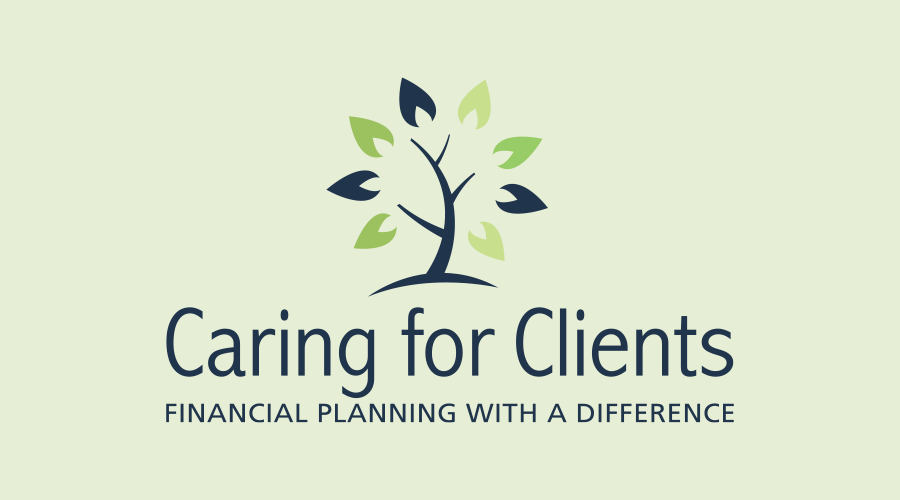Mortgages are more often sold than bought. Evidence of this truth is best illustrated by the number of Canadians choosing to buy into the TD Collateral Mortgage structure.
Now, TD isn’t the only bank offering Collateral Mortgages, they just seem to be the most aggressive in their sales approach with clients.
If you have a TD or Scotia bank STEP mortgage, you likely have a collateral mortgage and you might want to know what that means. Likely the bank told you about all of the advantages of such a structure, but they may not have emphasized the drawbacks.
First, let me distinguish between a Collateral Mortgage and the traditional Regular Mortgage. I asked Bob Woods, of Assured Mortgage Services (www.assuredmortgage.ca/bob) to clarify the differences.
He said, “A collateral mortgage is a loan attached to a promissory note, and backed up by the collateral security of a mortgage on a property. These are not new in Canada and historically have been used in the granting of secured lines of credit. They work well by allowing the balance of the loan to float up or down depending on the customer’s needs.”
So I asked Bob what are the downsides of such an approach for a conventional mortgage. Here is the list that he gave me:
- Collateral mortgages appear on your personal credit bureau, while Regular Mortgage Charges generally do not. Even when Regular mortgage charges do show up, they do not affect the credit rating. Bob has seen individuals with Credit Scores in the low 700’s drop to less than 630 after the promissory note loan/collateral mortgage showed up on the credit bureau. The reason for this is that 30% of Equifax’s Beacon Score is attributable to balance limit rations. A $300K limit and a $300K balance can do some serious damage to a person’s credit score.
- A collateral mortgage is often registered for the total value of the property. TD is known to be offering up to 125% loan to value. This offers the customer the “convenience” of applying for additional credit when the value in their property appreciates, without additional legal or registration fees. Personally, I don’t see this as an advantage at all, since it facilitates taking on more debt rather than paying it down.
- It gives the bank more power as it relates to other unsecured debt (credit cards, lines of credit etc.) that you may have with the lender. A Collateral Mortgage allows the lender to seize equity (mortgage payment) and or re-direct that payment to cover other debts that you have with that lender. So in essence, you are securing all of your loans with your collateral mortgage.
- A collateral mortgage cannot be transferred under a “no fee” offer by a competitor bank at maturity. To transfer the mortgage would require new legal fees, re-registration of the mortgage etc. This is a disincentive to transfer your mortgage in order to get a better rate from a competitor.
- Finally, if your collateral mortgage goes into default, even briefly, the bank can revert to the registered face rate. Check your paperwork; this is likely to be Prime plus 10%.
I have no problem with banks changing their product structure or creating different borrowing options. What I do object to is the lack of transparency in explaining the pros and cons to the ultimate consumer.
This information is of a general nature and should not be considered professional advice. Its accuracy or completeness is not guaranteed and Queensbury Strategies Inc. assumes no responsibility or liability.

